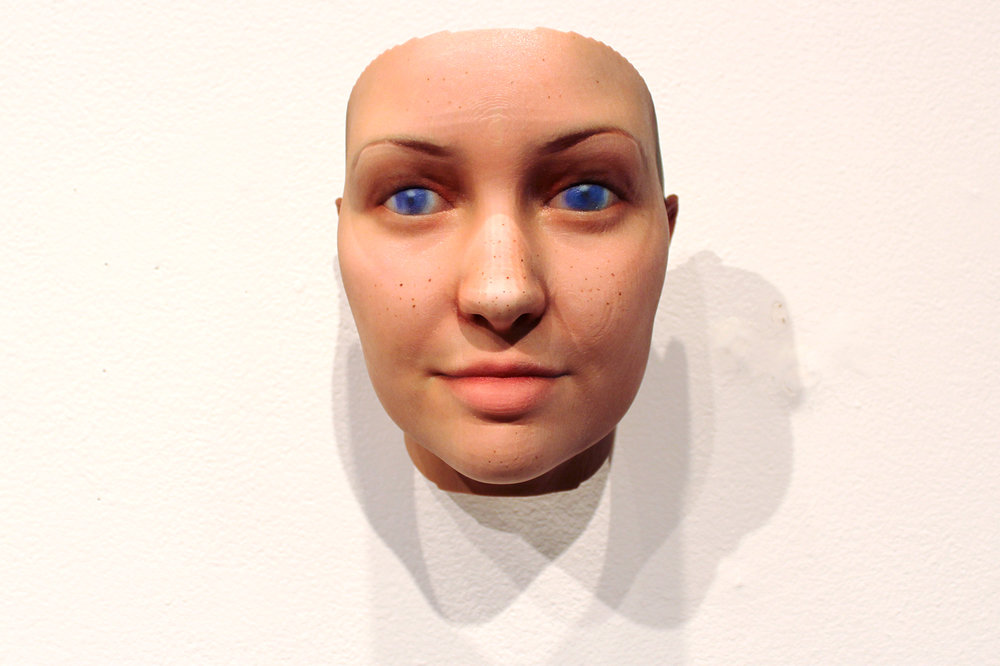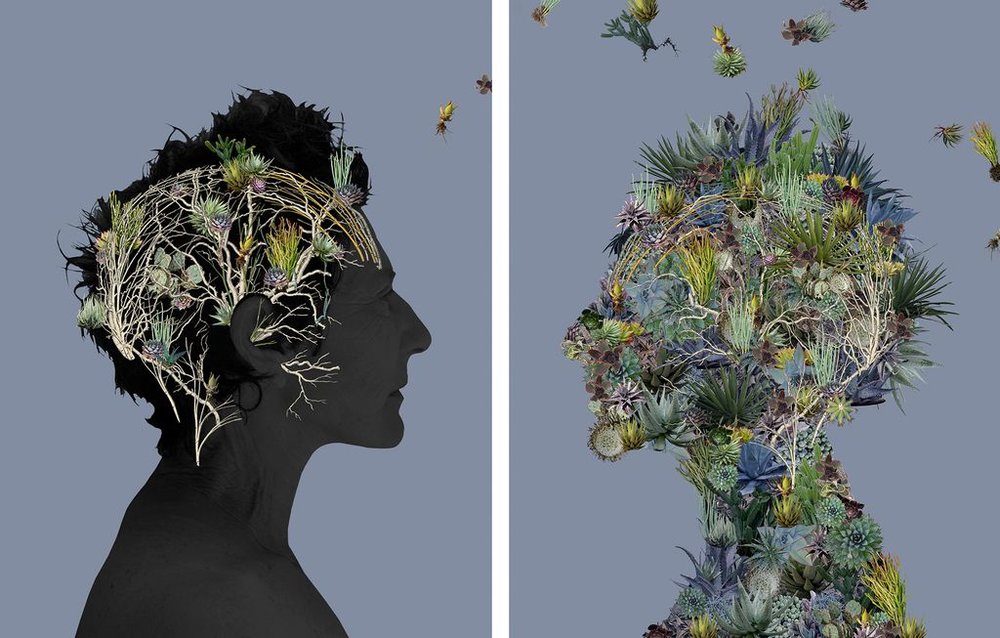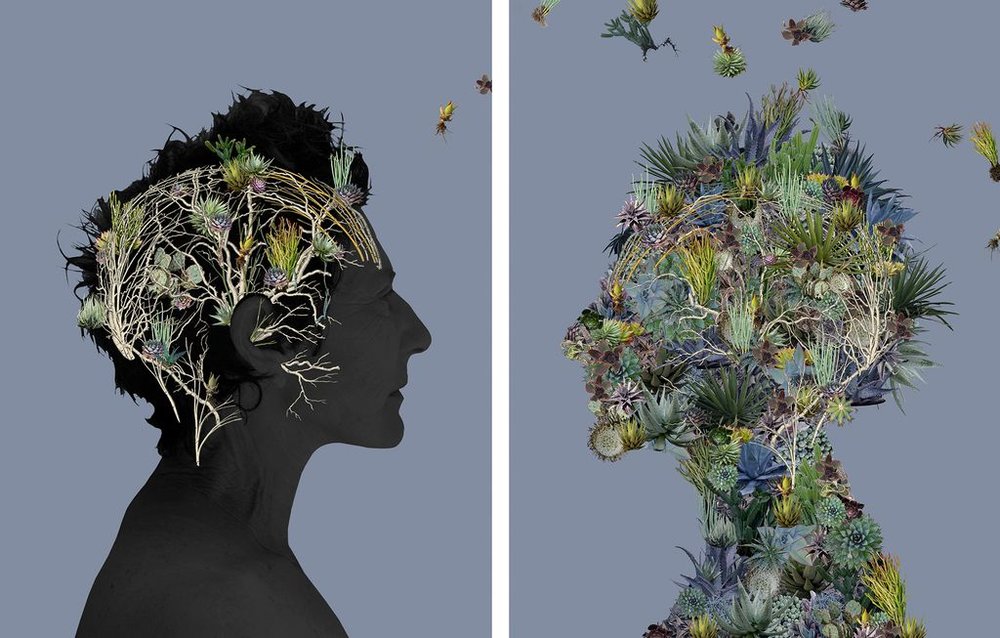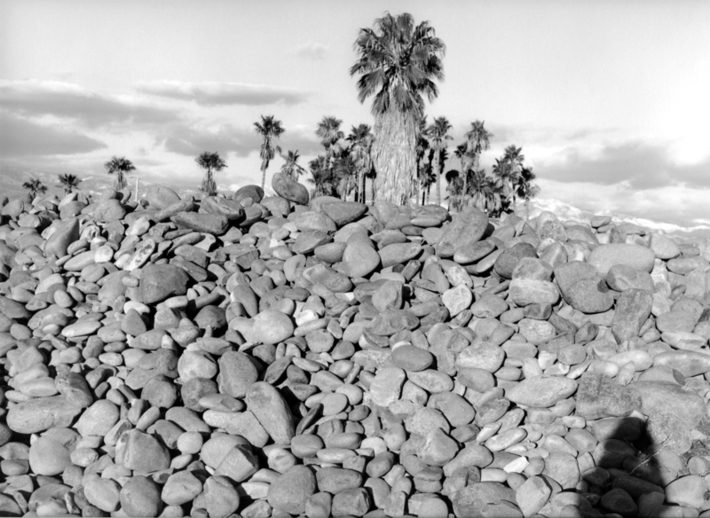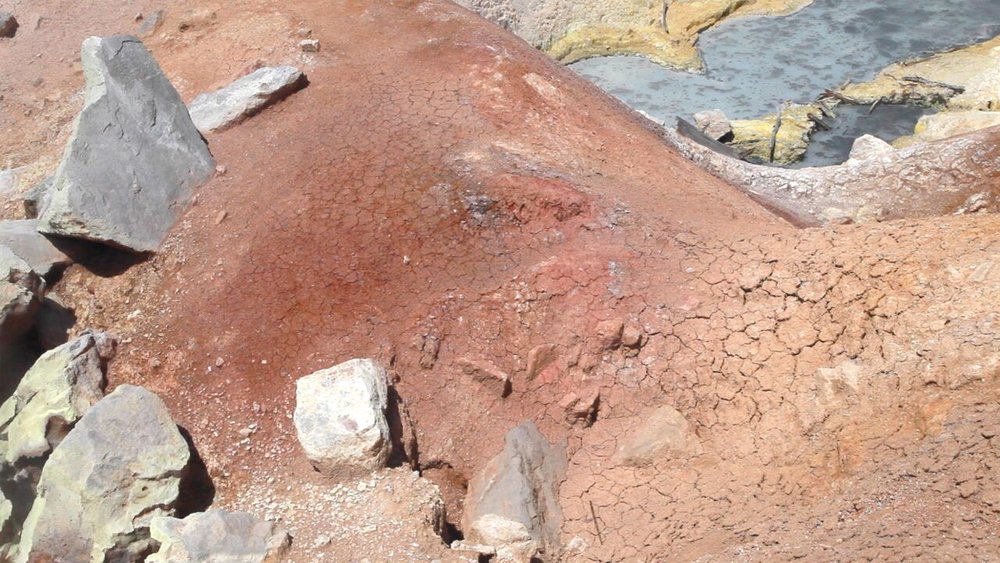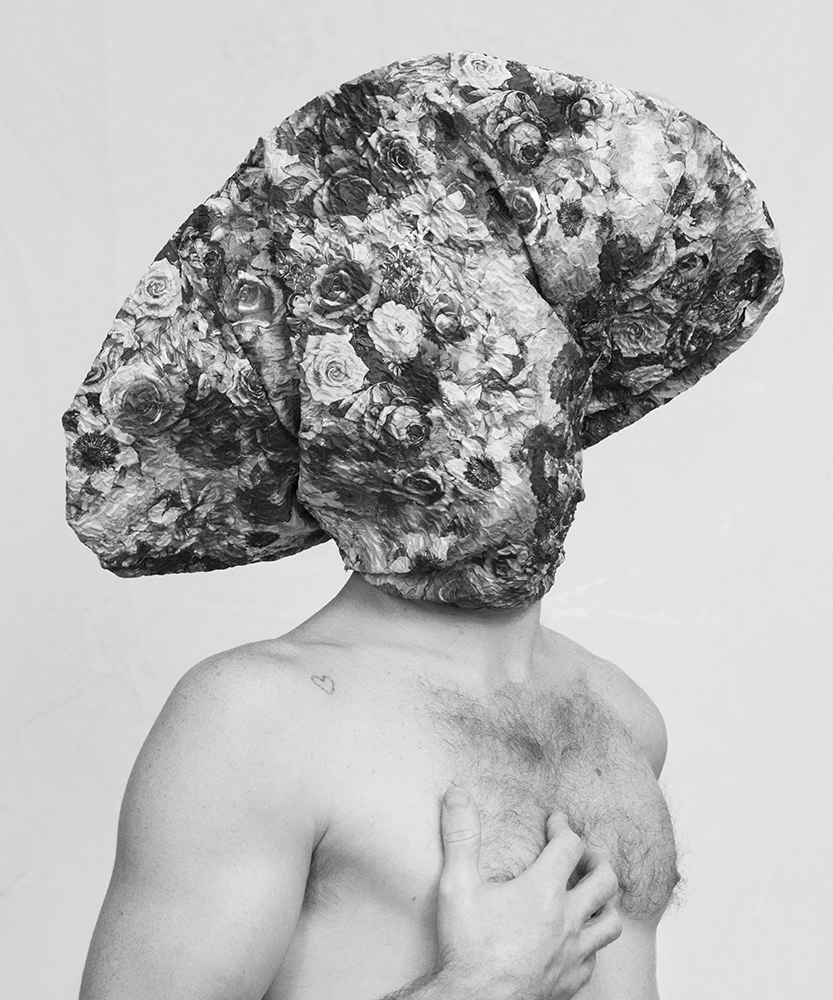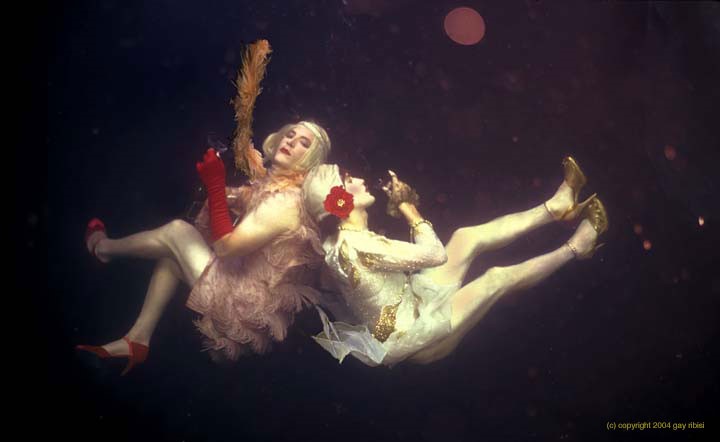About Strings
Strings seeks to make evident the transformation of the self through its dialectical relationship with data collection, monetization and replication. The desire to taxonomize and mobilize our subjectivity through data has produced a tendency capable of simultaneously synthesizing value and obscuring it.

